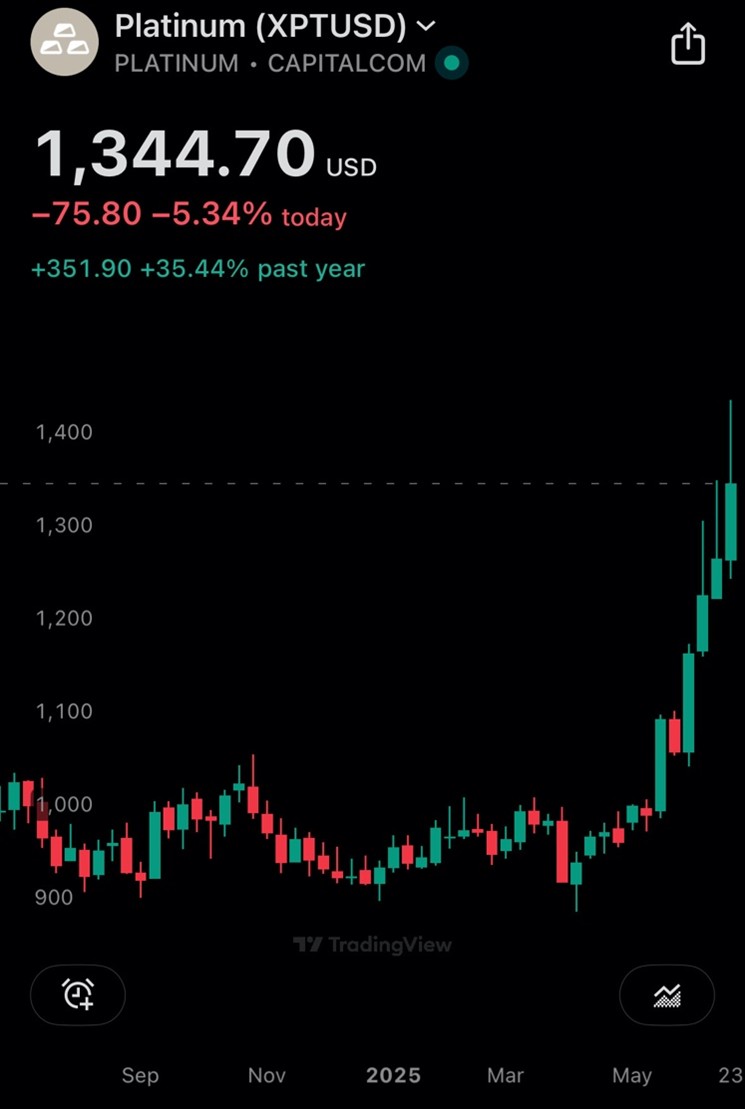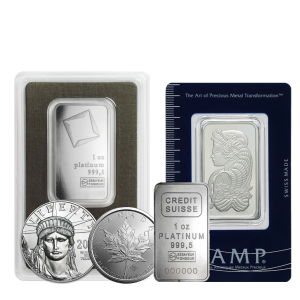The global financial landscape is undergoing seismic shifts, shifts that are largely going unnoticed by the broader public. At least that is what consumer credit card debt is saying as it continues to grow to new highs in the Western world. A public that has long become addicted to cheap money and tapping cards to make payment is now struggling with the notion that saving and saving in sound money is the most prudent way forward. From geopolitical tensions, tense trade talks to evolving banking regulatory frameworks, the signals are clear: the world is bracing for turbulence. Amid this backdrop, precious metals—particularly gold and platinum as of late—are re-emerging as anchors of stability, drawing attention from central banks, financial institutions, and forward-thinking investors alike.
The 2025 Central Bank Gold Reserves Survey by the Official Monetary and Financial Institutions Forum (OMFIF), conducted in collaboration with the World Gold Council, paints a compelling picture of what major financial institutions think is on the horizon for the global financial system, and more specifically, gold. Central banks worldwide are accelerating their gold accumulation at an unprecedented pace, with over 1,000+ metric tonnes added to reserves annually for the past three years—more than double the 400-500 tonne average of the prior decade. The survey, capturing responses from 73 central banks across the world, highlights gold’s role as a “safe haven” asset amid economic, financial, and geopolitical volatility. A striking 73% of respondents anticipate a decline in U.S. dollar holdings over the next five years, something we have long written about regarding the de-dollarization you are seeing in many countries. These same respondents also added that gold bullion and other currencies such as the euro and yuan are expected to fill the gap. This shift reflects growing concerns about currency debasement and the fragility of fiat-based systems, positioning gold as a cornerstone of financial resilience.
While gold commands the spotlight, platinum is making incredible waves of its own as one of the scarcest of all precious metals, soaring to a 14-year high with a remarkable 25% price surge in just 30 days.
Unlike paper assets, which are vulnerable to market swings and policy shifts, platinum’s intrinsic value and severely limited supply make it a compelling hedge against inflation and economic instability. As central banks and institutions diversify their reserves, platinum’s ascent signals a broader revaluation of precious metals as essential components of a balanced portfolio. Platinum is currently up 46.88% year-to-date. Silver is up 18.89% year-to-date. Gold is up 18.33% year-to-date. While palladium is up 17.41% year-to-date. Investors seeking to capitalize on this momentum should consider the long-term stability offered by physical holdings.
Perhaps the most telling development is the growing pressure on Germany and Italy to repatriate $245 billion USD in gold reserves held in U.S. vaults, as reported by the Financial Times. This push, fueled by geopolitical risks and skepticism about U.S. custodial reliability, coincides with a pivotal regulatory change under Basel III. As of July 1st, 2025, gold will officially be classified as a Tier 1 asset, carrying a 0% risk weighting, and allowing U.S. banks to count physical gold at 100% of its market value toward core capital reserves. This marks a significant departure from its prior Tier 3 status under Basel I and II, where gold was discounted by 50% on their books, discouraging banks from holding it. The reclassification, effective since 2019 in many jurisdictions and now adopted by the U.S., underscores gold’s renewed status as a high-quality liquid asset (HQLA).
This subtle yet profound shift has far-reaching implications. By elevating physical gold to the same tier as cash and U.S. Treasuries, Basel III incentivizes banks to bolster their gold reserves, reducing reliance on riskier paper assets like mortgage-backed securities or sovereign bonds, which faltered during past crises. This is one of the major reasons you have seen central banks purchase so much gold over the past few years; it was all in preparation for this major transition. For central banks like those of Germany and Italy, holding gold abroad introduces risks of illiquidity and delayed access in times of crisis because when they need their gold, they simply do not have it ready to deploy. Repatriation reflects a strategic move to secure physical bullion domestically, ensuring immediate control over a critical reserve asset. For individual investors, this serves as a stark reminder: entrusting gold to third-party custodians can compromise its utility as a liquid, reliable store of value. Owning physical gold directly mitigates these risks, offering a safeguard against systemic shocks and counterparty failures.
The convergence of central bank gold buying, platinum’s surge, and the repatriation wave signals a broader reorientation of the global financial system. As faith in fiat currencies wanes and geopolitical risks intensify, precious metals are reclaiming their role as bedrocks of stability. The Basel III framework, by recognizing gold’s zero-risk status, reinforces its timeless value.
 Hi,
Hi,












